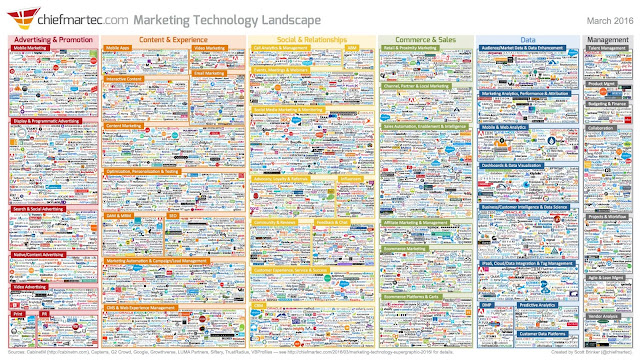My Path to Analytics
My first job working in marketing was in 1999 for 3COM. I somehow landed a summer internship, one of about twelve awarded to students from my college by one of our older grads. I don't remember her name, but she was able to swing getting several of us great paying jobs for the summer and it was an amazing experience overall. Our 3COM office was at their Silicon Valley headquarters, and we got the full experience of living and traveling in the region, as well as getting to know the software and hardware engineers who defined the company's culture and of course built all their fun toys. That role was like no other marketing role I've had since though. The department I was assigned to made routers. For the entirety of the summer I worked for a Marketing Manager who tasked me with updating the copy in a 3-5" thick brand manual, which was essentially a collection of do's and don't for marketing the product and updating the product's spec as they evolved, thus ensuring accurate packaging info and layout. There were layers upon layers of people involved in securing agreement on all components of a project and each seemingly small update to the product design. Not exactly thrilling work, but it gave me good insight into the minutia involved in marketing highly successful CPG-esque products for a very large company. The private gyms, gorgeous cafeterias, and access to California beaches almost made up for the boredom of the role.
After college I wanted to stay in tech, but still remain on the East Coast. I joined a small start up focused on website verification for the luxury goods industry based in Princeton, New Jersey. Funding ran out after a year, and again, the role was marketing-light, as my job was mostly account management. Since the company never really launched, most of what I learned was from watching the CMO design the website and establish pre-launch partnerships with key accounts. Just as that start-up was selling and relocating to Boston, the tech industry hit its first major correction and I was forced to switch fields or move home, so slim were the options. Only Prof. Colleymore, Razorfish never called. ;). I found a job doing volumes of marketing analytics work as a personal assistant to a Global Marketing VP for luxury goods conglomerate, Richemont. I spent 3 years learning sales analytics, regression analysis, and writing presentations for my boss who dictated almost every word of it because it he was approaching retirement and not at all computer savvy. What I learned in 3 years I could have done in 2, and moved on, but I am guilty of having gotten comfortable, and thinking the job might evolve or that I'd find a worthwhile opening within the company, which ended up being somewhat the case. I loved the perspective that doing analytical work gave me on the business, and while I wasn't exuberant about numbers, I was smitten with the story they told.
Branding was a big trend in fine jewelry in the early 2000s, and success was possible for some jewelry businesses, despite the somber post-9/11 economic climate and sky high precious metal prices. There were major names and many small names who were building their brands as designers, and making millions in the process. All of them wanted to be the next Yurman, or the cooler on-the-verge upstart that would redefine fine and fashion jewelry for the next generation. For this reason, among others, the next three roles I followed focused on building jewelry brands, virtually from scratch, and with varying degrees of funding. And varying degrees of success. None of those roles approached analytics or strategy with an eye on numbers or vision in the same way that I had experienced working with my superstar statistician/Marketing VP at Richemont. Most of those roles relied on the romance of language, imagery, positioning, and product design. When you've had the opportunity to work first in an analytical role, and then move to creative, I think it gives you the perspective to see on a much larger scale how the puzzle pieces fit together, not just the significance of a single puzzle piece and those closest surrounding parts. There is an organic, creative component to a company's success, and then there are the strategic and financial reasons that create the environment for that success to be realized. After approximately 7 years working on the creative side, I will say this, no matter how pretty the visuals, or how lovely the copy, or how on-the-money the brand positioning, if the product isn't right, or the marketing or overall business is well-funded, or the environment I'm launching the business into in isn't ripe for accepting it (cough, Hillary), the concept is at serious risk of falling flat. Which brings me back to analytics. If I had to chose one role to invest my time in moving forward, to ensure my business's success, it would be analytics. I count myself lucky that the rest of the field is moving in the same direction.

Interesting read.
ReplyDelete